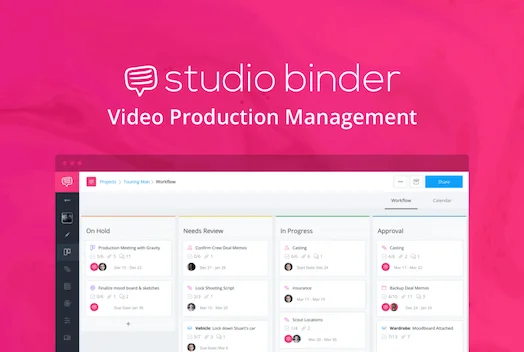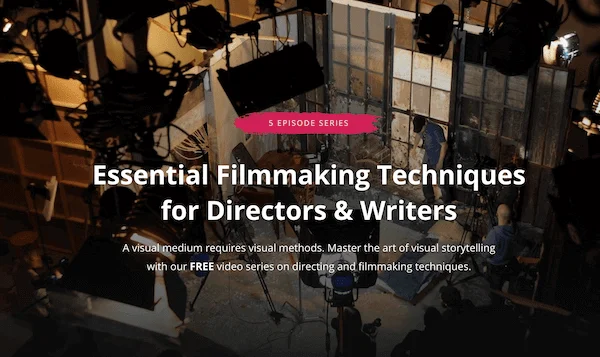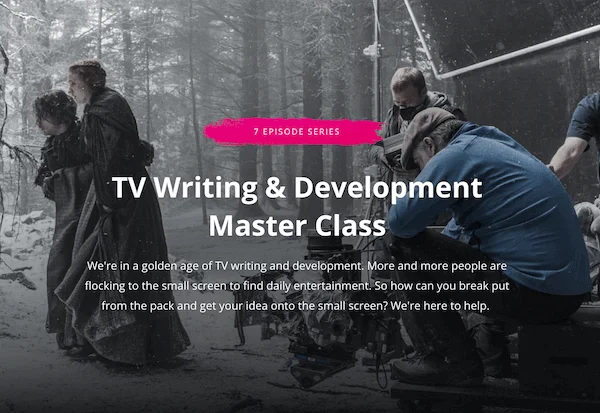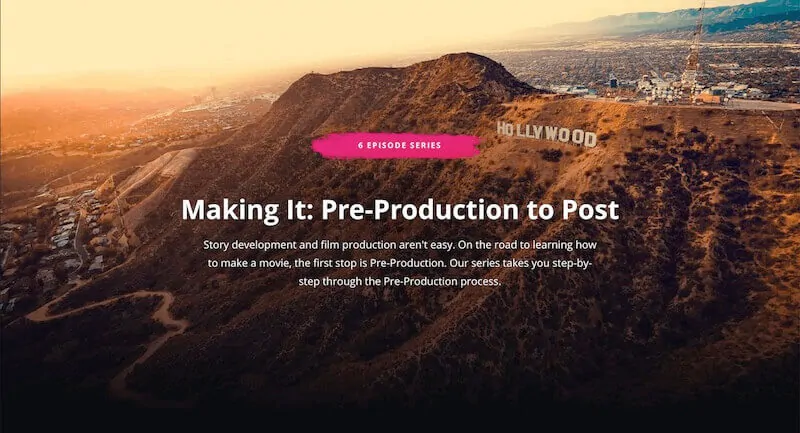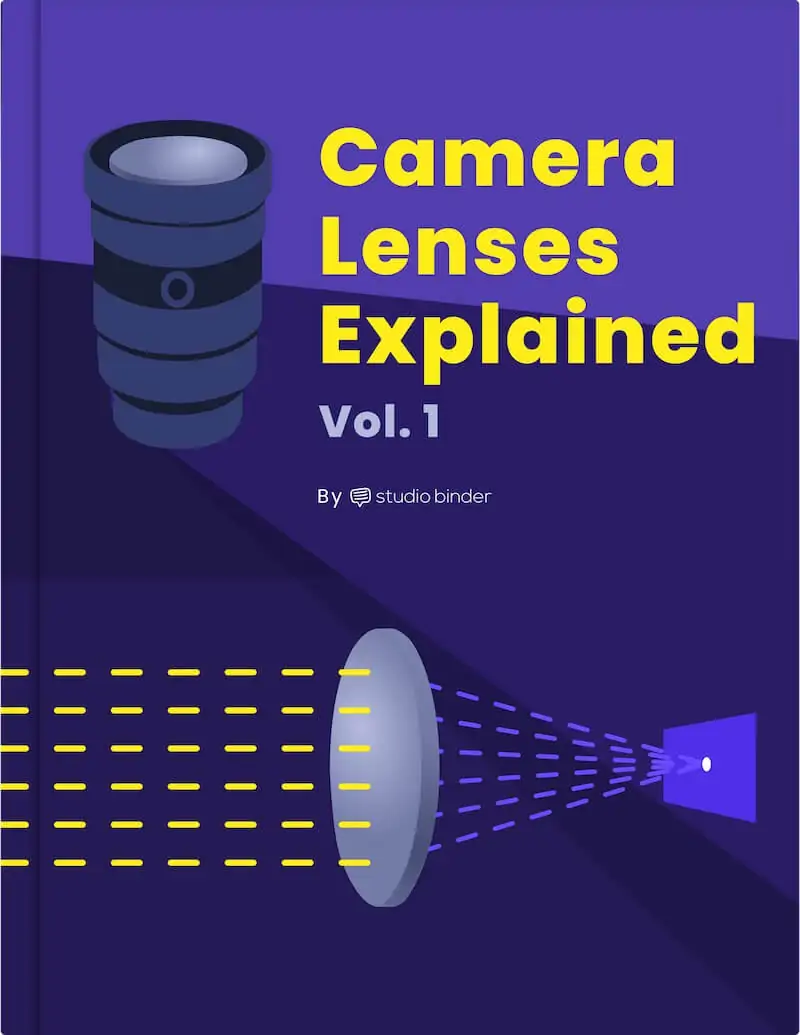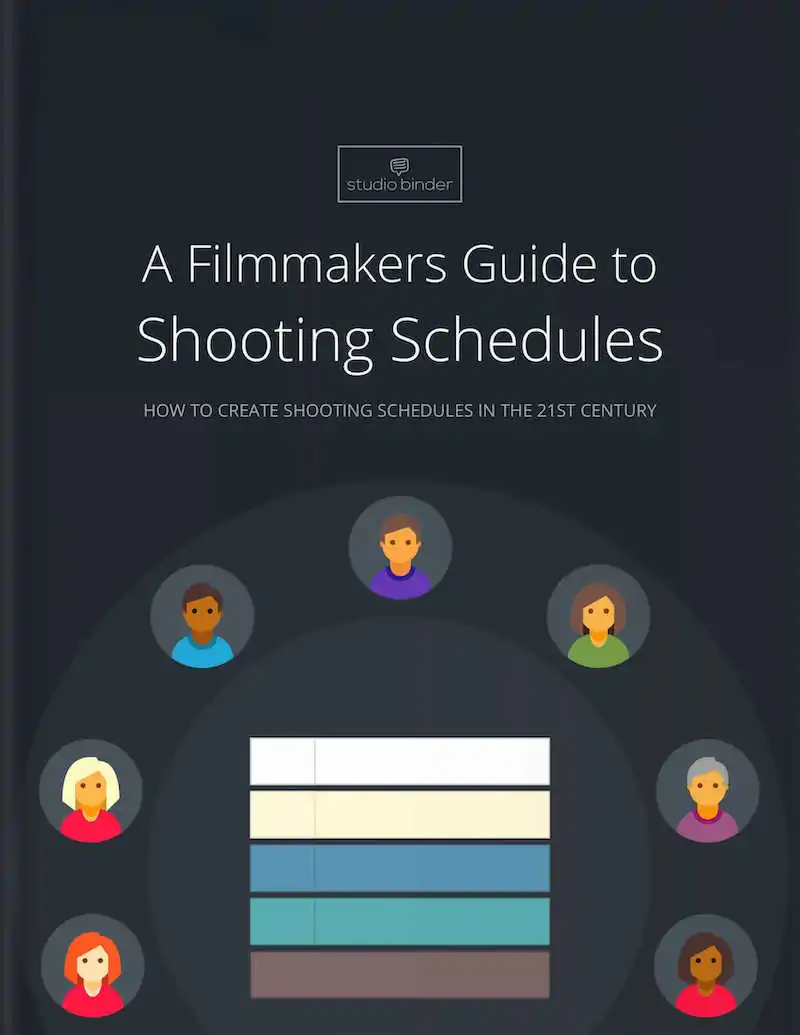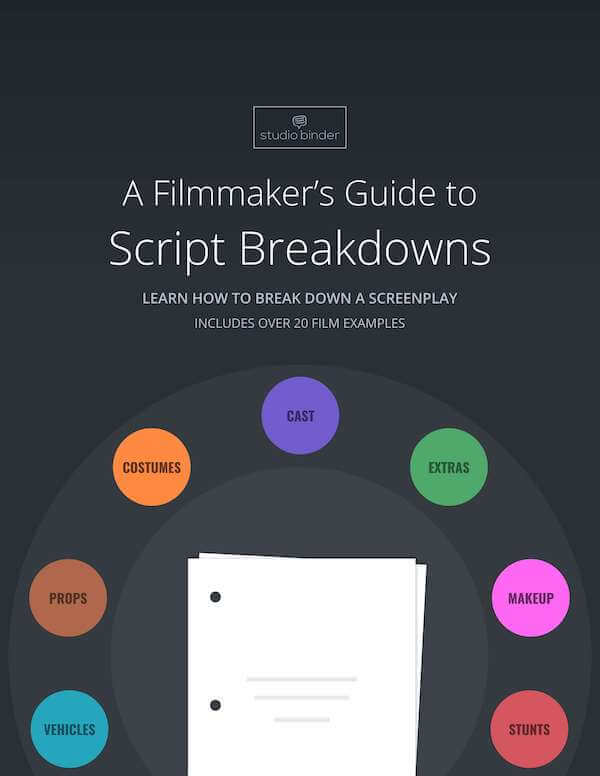Situational irony is a broad term with near-endless applications. At a fundamental level, every story has some aspect of situational irony – which means that it's a key component of storytelling. But what is situational irony? We’re going to define situational irony by looking at situational irony examples in film and TV. By the end, you’ll understand how situational irony works – and how d you’ll be able to add intrigue and complexity to your storytelling.Continue reading What is Situational Irony? Definition and Examples
Verbal irony is the most common type of irony because it’s tied directly to language – which we use every day. But what is verbal irony exactly and what are its different subtypes? We’re going to answer those questions by exploring how verbal irony can add depth and complexity to dialogue and, by extension, characters. In this article, we’re going to define verbal irony; including the different ways it can be used in screenwriting.Continue reading What is Verbal Irony? Definition and Examples
A match on action cut, also referred to as cut on action, is one of the most important editing principles in all of filmmaking. But what is a match on action cut? We’re going to explain matching on action with film examples and more – but first, let’s quickly define the term.Continue reading What is a Match on Action Cut — Definition & Creative Examples
Anticlimax is a dirty word, one which we’ve been trained to avoid at all costs. Nobody wants to tell a story only to have a friend shrug and say, “Well, that was anticlimactic.” But a deliberate anticlimax can be instructive, funny, poignant, or all of the above. How does an anticlimax work, and what lessons can we take from some of the most iconic anticlimaxes in pop culture?Continue reading What is Anticlimax? Definition & Examples
How do people make movies? Writers, actors, directors, surely play a part, but there’s something more important than a movie’s creators, and that thing is money. Movies need money; that’s an irrefutable fact. And it’s the sole goal of the financier(s) to get a positive return on their investment. We’re going to look at how producers use production budgets to outline a course to positive net return. We’re also going to break down movie production budgets at three levels: low, mid, and high end. By the end, you’ll know how production budgets are made and the most expensive movies of…
A goofy protagonist in an uber-normal world. A comedy of errors that snowballs and heightens. A man who’s just trying to get his rug back. These are all examples of the comedic sub-genre “farce”, but what is farce within the world of narrative storytelling? In this article, we’re going to define farce within movies, TV and literature as well as provide a brief overview for how it’s evolved over time. Continue reading What is Farce — The Comedic Subgenre Explained






